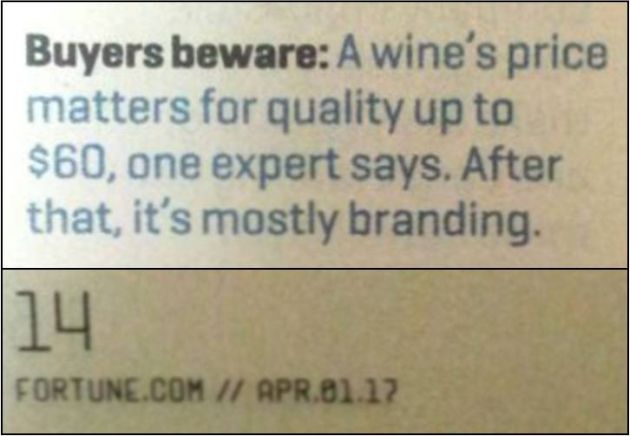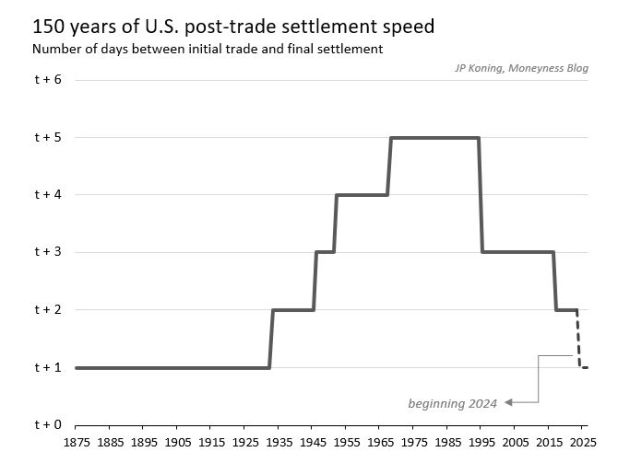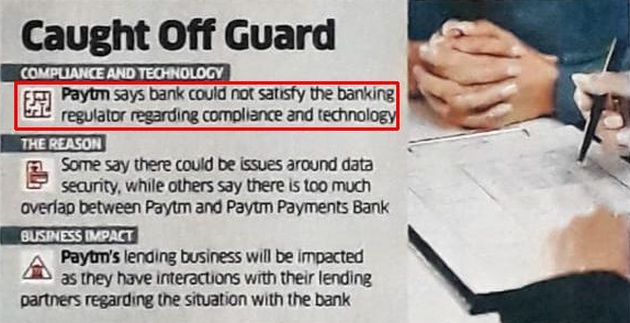According to the popular narrative, branding is needed only in B2C.
That’s not true.
Branding plays an equally important role for B2B products and services.
For the purpose of this blog post, we will use the following definition of branding:
Branding
“Branding” is endowing products and services with the power of a brand. Where a “brand” is a name, term, design, symbol, or any other feature that identifies one seller’s good or service as distinct from those of other sellers. – American Marketing Association
The goals of branding in B2B are:
- Engender trust
- Fetch premium
- Foster loyalty
- Provide exclusivity
- Prevent churn.
If you believe these resemble the goals of branding even in B2C, you wouldn’t be wrong.
It’s just that branding operates at the level of an individual in the case of B2C and company in the case of B2B (Cf. Why B2B Marketing Should Be Targeted At Company – Not Users and Role Of Emotion In B2B Sales).
The sweetspot for branding for both B2C and B2B is high involvement product and services categories.
In B2B, high involvement has three attributes: Attachment, frequency of usage, and mission-critical.
Let’s take the ERP product category for example:
- It touches the fabric of the entire organization. Check strong attachment.
- It drives sales, materials, finance, manufacturing, HR and virtually all functions of a business. Check high usage frequency.
- If it breaks down, the company will come to a grinding halt. Check extremely mission-critical.
Ergo branding should make a lot of sense for an ERP company. Indeed it does. ERP companies engage in a lot of branding activities.
Take SAP for example. Back in the day, when I was heading marketing for an Indian ERP company, SAP had a higher marketing budget for Asia Pacific region than my company’s global revenue.
Branding has worked wonders for SAP. It has become the largest ERP company in the world, earning the trust of more companies than has any other ERP vendor. SAP is one of the costliest products in the ERP market, so it commands a premium. Even in a supposedly highly price-sensitive market like India, SAP has acquired a greater market share (reportedly 70%) than all other ERP vendors put together. That’s even higher than its market share in its home market of Germany (reportedly 33%).
Branding is not so important for service providers – even SAP service providers.
Any company that implements SAP uses a lot of services from TCS, Infosys, Wipro, et al. However these leading SAP implementation partners don’t own any IP (Intellectual Property) and can be easily replaced by another SAP implementation partner anytime. Therefore, they’re not as mission critical as SAP (the product) itself. Ergo they didn’t need much branding inputs until they became multibillion dollar companies. (While they all ran high decibel mass media ads in the run up to their respective IPOs, which happened well before they hit the billion dollar milestone, those were corporate ads meant to grab the attention of the retail investor and not conventional branding campaigns.)
To appreciate the power of branding in driving premium pricing, consider the following expert opinion from the wine industry:
In other words, quality will fetch a winemaker only $60. But, by branding its wine, it can elevate its sales realization to hundreds or even thousands of dollars per bottle.
The best example of this is arguably the pharmaceuticals industry. Branded drugs and generics have identical ingredients but branded drugs fetch 3-5X premium over generic drugs.
But there are many others:
Here’s one from the wellness industry:
@pitdesi: Evian charges $7.5 for “facial spray” that is just water in a spray bottle.
As noted earlier, SAP commands a premium in the ERP market.
So does market leader Salesforce in the CRM market.
But it’s not just premium pricing.
Branding also fosters loyalty, provides exclusivity, prevents churn, and softens reputation loss.
 Two-thirds of SAP projects apparently fail but two-thirds of SAP customers definitely don’t churn out. The world’s #1 ERP brand provides such a huge sense of exclusivity that customers have changed the definition of success to whatever they get when they go live so that they can continue to belong to the exclusive SAP club.
Two-thirds of SAP projects apparently fail but two-thirds of SAP customers definitely don’t churn out. The world’s #1 ERP brand provides such a huge sense of exclusivity that customers have changed the definition of success to whatever they get when they go live so that they can continue to belong to the exclusive SAP club.- Apple has secretly throttled some iPhone models (aka Batterygate) and removed home button, headphone jack, Touch ID fingerprint scanner, and charger from progressively newer versions of iPhone. However, it has still increased prices for every new version of iPhone, and grown revenues, profits and market cap consistently through the years.
- 3M, Archer Daniels Midland, Gartner, Goldman Sachs, McKinsey, SAP and Wells Fargo are only a partial list of companies that have paid billions of dollars in fines for corruption, fraud, misselling and other offences over the years. According to the old adage, “It takes years to build reputation and days to lose it” has obviously not applied to these companies because, despite their shenanigans, they continue to be amongst the leaders in their respective markets. This is because branding has cushioned them from blows to reputation that would have killed unbranded companies.
Left to themselves, they may not be okay to pay for anything but, when suppliers have done product innovation, marketing and branding, they have made people buy online without touch & feel, pay delivery charge, convenience fee, etc.https://t.co/jnmhU4EtUf
— Ketharaman Swaminathan (@s_ketharaman) September 11, 2022
Markets that understand the power of branding will keep producing the ChatGPTs, Facebooks and Googles of the world whereas those that have a cynical attitude towards it will keep wondering why they don’t produce the next ChatGPT, Facebook and Google.
Do they even want to?
Breaking into higher value-add markets requires huge spends in branding, marketing, etc.
Many Indian businesses are content to spend on Product / R&D and give Value for Money – even if customers are willing to pay premium.— Ketharaman Swaminathan (@s_ketharaman) February 18, 2023


